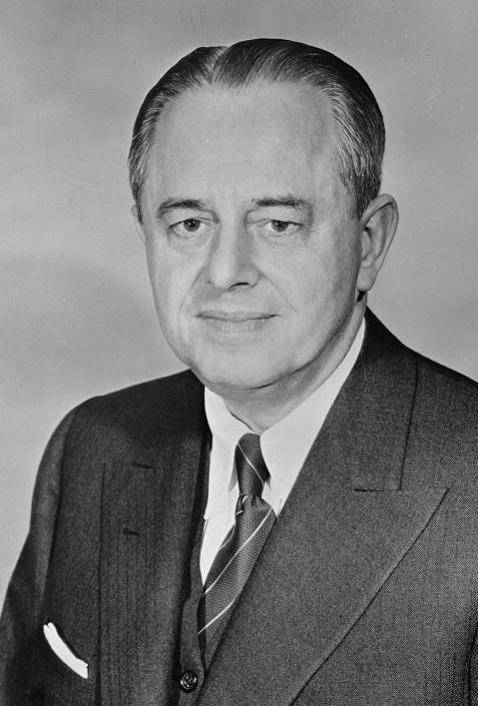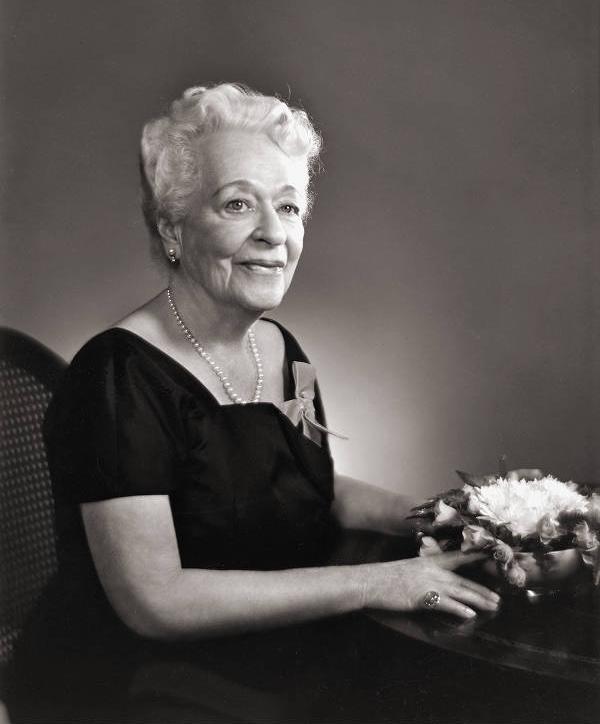The Krannert Charitable Trust was established in 1960 by a million-dollar gift from Indianapolis philanthropists Ellnora and . The Krannerts’ aim was to fund major projects, creating centers of excellence in the fields of education, medicine, youth services, and the performing arts. The fund was a trust rather than a charitable foundation, therefore, the Krannert Charitable Trust was designed to dissolve within 15 years after the deaths of Mr. and Mrs. Krannert. He died in 1972; she died two years later. The trust gave its last grant and was legally dissolved in 1987.

During its 27-year existence, it received $62 million from the Krannerts and paid out $200 million in grants.
Herman Krannert (1887-1972) was born in Chicago and moved to Indiana in 1917, where he managed a paperboard facility in Anderson. In 1925, Krannert and his wife, Ellnora, moved to Indianapolis to found , a manufacturer of corrugated packaging. During the four decades of his leadership, the firm grew to a worldwide operation encompassing 25 factories.
The Krannert Charitable Trust supported numerous institutions of higher education, most of them in the Midwest. Recipients include Indiana University, Purdue University, University of Illinois, University of Evansville, , Anderson College (now University), Indiana Central College (now ), and Harvard Business School.
Medicine was another important focus of the Krannert Trust. Gifts funded buildings at and at the . The trust also established the Krannert Institute of Cardiology at , one of the nation’s top cardiac research and teaching facilities.

In the area of community and youth development, the trust made generous gifts to Junior Achievement, the Krannert YMCA, and , as well as to the , , and the University Place Conference Center. In the arts, the trust contributed substantially to the and to the renovation of the and the . Its contributions to the , where Herman Krannert served as chairman of the board of trustees, included the major gift for the Krannert Pavilion.

Help improve this entry
Contribute information, offer corrections, suggest images.
You can also recommend new entries related to this topic.